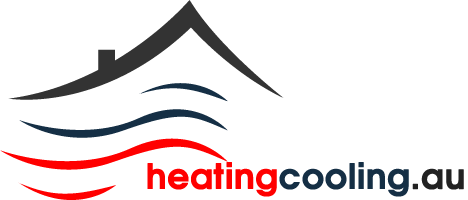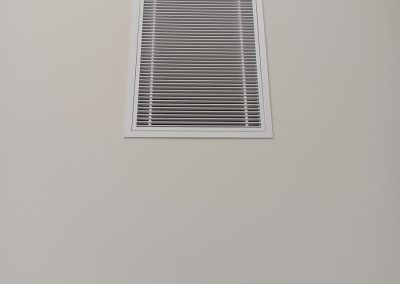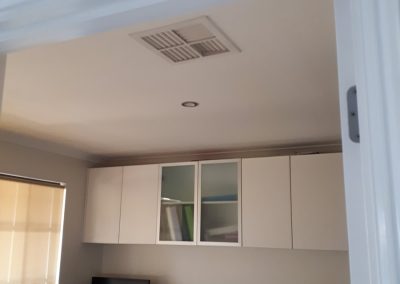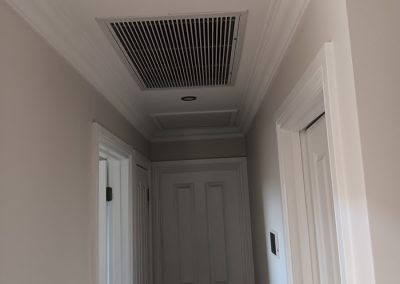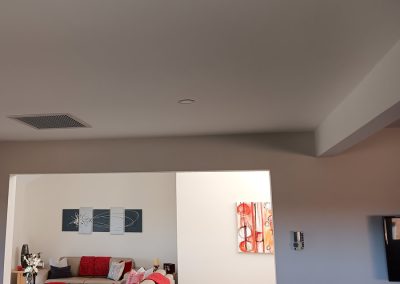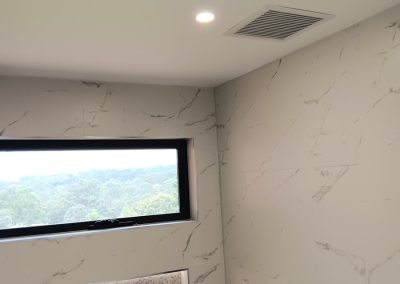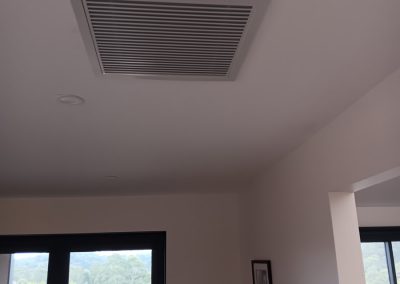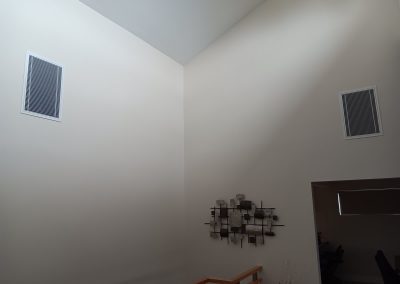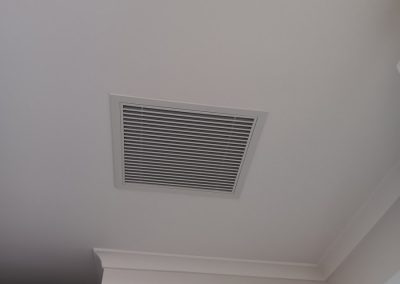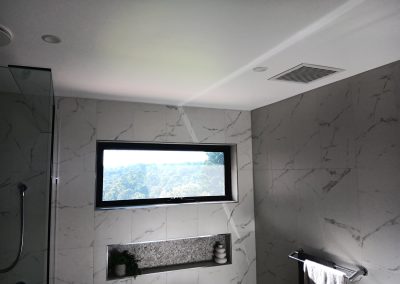Evaporative cooling and ducted reverse cycle air conditioning are two common methods of cooling homes in Australia, each with its own advantages and disadvantages. The choice between them depends on various factors, including climate, budget, and personal preferences. Let’s compare them:
Climate Suitability:
Evaporative Cooling: This system works best in dry and hot climates, such as those in parts of Australia like Adelaide and Perth. It relies on the evaporation of water to cool the air, so it is less effective in areas with high humidity.
Ducted Reverse Cycle Air Conditioning: Ducted reverse cycle air conditioning (commonly referred to as “ducted heating and cooling”) is more versatile and works well in both hot and cold climates. It can provide both heating and cooling, making it a good choice for regions with varying weather conditions.
Energy Efficiency:
Evaporative Cooling: Evaporative coolers are generally more energy-efficient than reverse cycle air conditioners since they use less electricity. They are also considered more environmentally friendly because they don’t rely on refrigerants.
Ducted Reverse Cycle Air Conditioning: While reverse cycle air conditioners are less energy-efficient than evaporative coolers, they are more effective at cooling in high humidity and can provide heating during winter, making them a year-round solution.
Initial Cost:
Evaporative Cooling: Evaporative coolers are usually less expensive to install than ducted reverse cycle systems. However, the cost can vary based on the size of the unit and the complexity of the installation.
Ducted Reverse Cycle Air Conditioning: Ducted reverse cycle air conditioning systems are typically more expensive upfront due to the cost of the equipment and installation. However, they offer a broader range of functionality.
Maintenance:
Evaporative Cooling: Evaporative coolers require regular maintenance, including cleaning the water pads, changing the water, and ensuring proper airflow. They can be more susceptible to mold and mineral buildup in regions with hard water.
Ducted Reverse Cycle Air Conditioning: These systems require less maintenance, primarily periodic filter cleaning or replacement and professional servicing.
Comfort and Control:
Evaporative Cooling: Evaporative coolers provide a natural and fresh airflow but may not be as effective in extreme heat or humidity. They typically offer less precise temperature control.
Ducted Reverse Cycle Air Conditioning: Reverse cycle air conditioning offers precise temperature control and can maintain a comfortable indoor environment in various conditions.
Noise Level:
Evaporative Cooling: Evaporative coolers are generally quieter than some traditional air conditioning systems, making them a good choice for those who prefer quieter operation.
Ducted Reverse Cycle Air Conditioning: The noise level can vary depending on the unit’s design and installation but is typically higher than that of evaporative coolers.
In summary, the choice between evaporative cooling and ducted reverse cycle air conditioning in Australia depends on your climate, budget, and preferences. Evaporative cooling is more suitable for dry and hot climates with a focus on energy efficiency, while ducted reverse cycle systems provide year-round comfort and are more versatile but come at a higher initial cost. Consider your specific needs and the local climate when making your decision.
Old Plastic Evaporative Cooling Grille
Plastic grilles yellow over time and need to be closed during winter to stop heat escaping
